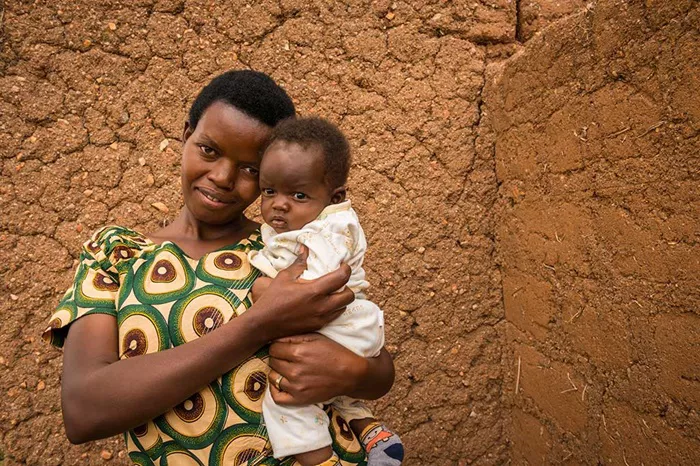In Nisikhola Rural Municipality, Baglung, a 15-year-old girl was married without her parents’ consent last year. Now 16, she is pregnant. Four other girls, aged 16 and 17, in the same ward have also married, with three of them currently expecting babies.
Located in remote Baglung, a hilly district of Gandaki Province, Nisikhola Rural Municipality is home to many young girls and women under 20 who are married. Many are either pregnant or have already given birth.
Despite Nepal’s Civil Code 2017, which sets the legal minimum age for marriage at 20, child marriage remains widespread, especially in rural areas. The practice, abolished officially in 1963, continues despite various government and social organization efforts to end it. The Criminal Code (Article 173) stipulates up to three years in jail and a fine of Rs30,000 for those found guilty of arranging or engaging in child marriage. However, these legal provisions often end up penalizing the victims instead of preventing the practice.
Many adolescent girls and young women who marry early are unaware of the health risks involved. They also lack knowledge of existing legal protections related to early marriage and pregnancy.
Nim Kumari Chand, a community health volunteer and member of a local women’s group, explains, “In Bohoragaun, Nisikhola-3, three girls got married underage and are now pregnant. We didn’t know about their child marriages until it was too late. Now, we provide them with health counseling to address the risks rather than scold them.”
Chand notes that the pregnant girls are regularly invited to group meetings for counseling, encouraging regular health check-ups during pregnancy and visits to well-equipped hospitals if complications arise. While child marriages have decreased in recent years, the social practice has not been eradicated.
Nisikhola Rural Municipality has repeatedly launched awareness programs to combat child marriage and teenage pregnancy. However, these efforts have had limited success in addressing the deeply ingrained social norms. Juni Gharti, the health unit chief of Nisikhola Rural Municipality, admits, “Despite our best efforts to educate adolescent girls about child marriage and early pregnancy, it remains difficult to stop them from marrying and becoming pregnant.”
To address the issue, Health Mothers’ Groups have been established in various localities to improve maternal and child health. These groups meet monthly in the presence of local health workers, including female community health volunteers and auxiliary nursing midwives.
Shobha Kunwar, chairperson of the Health Mothers’ Group in Kanlechaur, Nisikhola-2, says, “We visit each household and offer counseling to prevent child marriage and early pregnancy. However, when we visit the following month, we find that some families have already married off their underage daughters. While we can’t stop child marriages, we continue to offer health counseling to pregnant women and new mothers. During meetings, we encourage them to attend regular check-ups and take iron supplements.”
Despite ongoing efforts by both government and non-government organizations to reduce child marriage, teenage pregnancy, and home deliveries, these issues persist, particularly in Baglung’s rural areas.
Laxmi Sharma, a public health inspector at the Baglung Health Office, states, “Child marriage remains a significant challenge in the district. Despite our efforts, the practice continues.” She estimates that around two to three percent of postpartum mothers are under 20.
The high incidence of child marriage in the district can be attributed to factors like gender discrimination, limited access to education and employment, the dowry system, a lack of awareness among parents, weak law enforcement, and ineffective monitoring by relevant authorities.
According to the Nepal Demographic and Health Survey 2022, 14 percent of women aged 15-19 have been pregnant, with 10 percent having had a live birth and two percent experiencing pregnancy loss. Teenage pregnancy rates are highest in Karnali Province (21%), followed by Madhesh Province (20%), Koshi and Gandaki Province (13%), and Lumbini Province (10%).
Related Topics:


